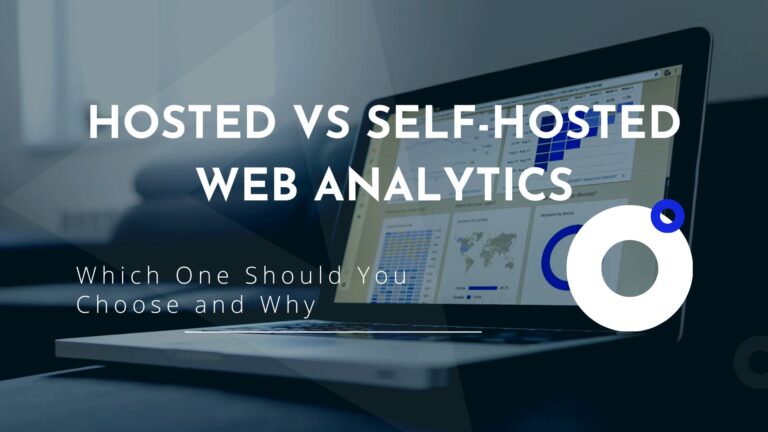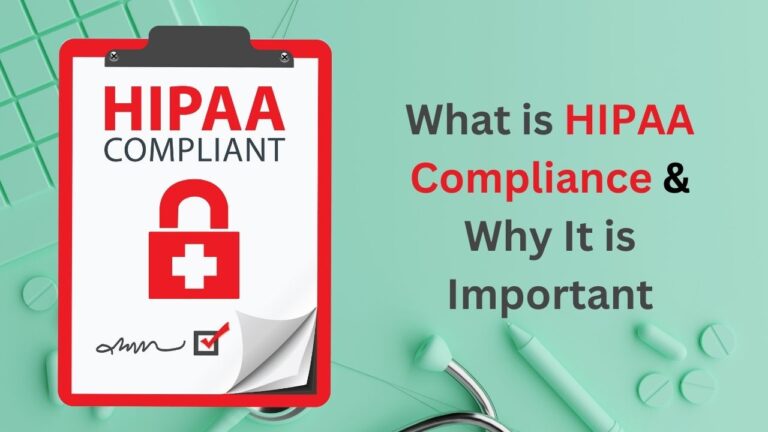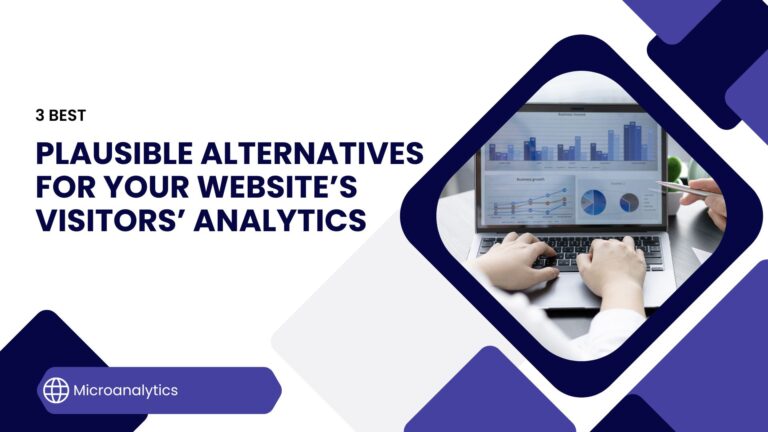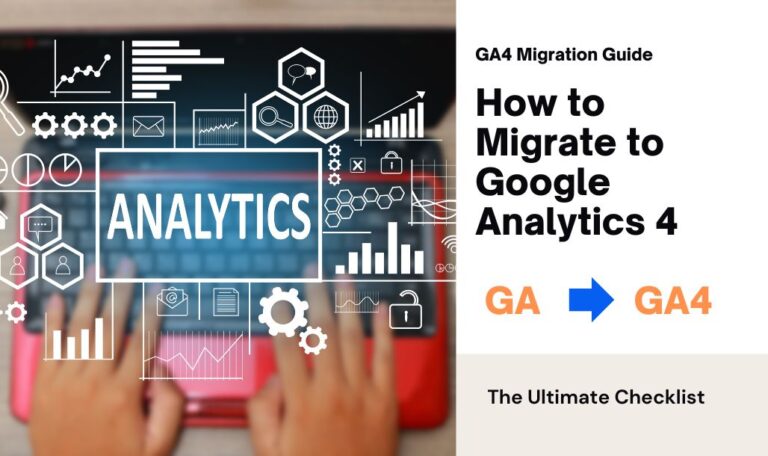Physical Address
304 North Cardinal St.
Dorchester Center, MA 02124
Physical Address
304 North Cardinal St.
Dorchester Center, MA 02124

So, today’s topic, folks, is about hosted vs self-hosted web analytics. But before we begin, let’s take a moment to praise you guys. That’s because your landing here is a…

Hello there, fellow marketers and business owners. So bold and curious of you to Google the term “How accurate is Google Analytics”, isn’t it? But rest assured, you’re well within…

Today, we’re swimming in numbers when it comes to managing our business and related analytics. From tracking clicks to measuring user interactions on our apps and websites, data is the…

Hey, there. You landing on this page could mean few or all of these things. First, you are a business owner who sells a maximum of his stuff online. Second,…

If you’re a business owner or a marketer looking to stay ahead of the game, you’ve probably heard about Google Analytics 4 (GA4). It’s the latest version of Google’s analytics…

Imagine you’re browsing your favourite website, looking for the latest news, or shopping for a new gadget. Suddenly, a pop-up appears, asking if it’s okay to use cookies to improve…

Web analytics has been helping businesses with methods to track and understand user behaviour for around a decade now. Web cookies, geolocation, heat maps, etc., are some techs and markers…

With the advent of modern web analytics tools, companies engaging in marketing, analytics, user experience customisation, etc., were able to collect and scrutinise vast amounts of user data to drive…

Remember the days when companies could keep a close eye on what you browsed online? They used something called third-party cookies—tiny data files that hitched a ride on your computer…

Privacy is all the hype now. Especially when it comes to the online world. And why shouldn’t it be? With the kind of information we submit online to the publishers…